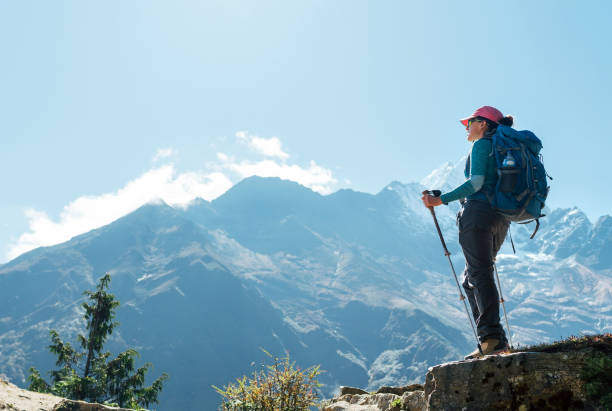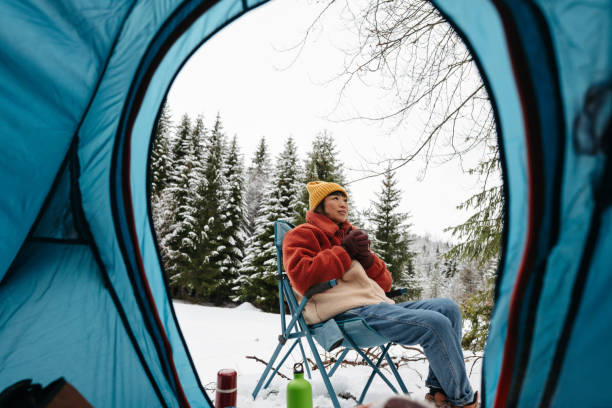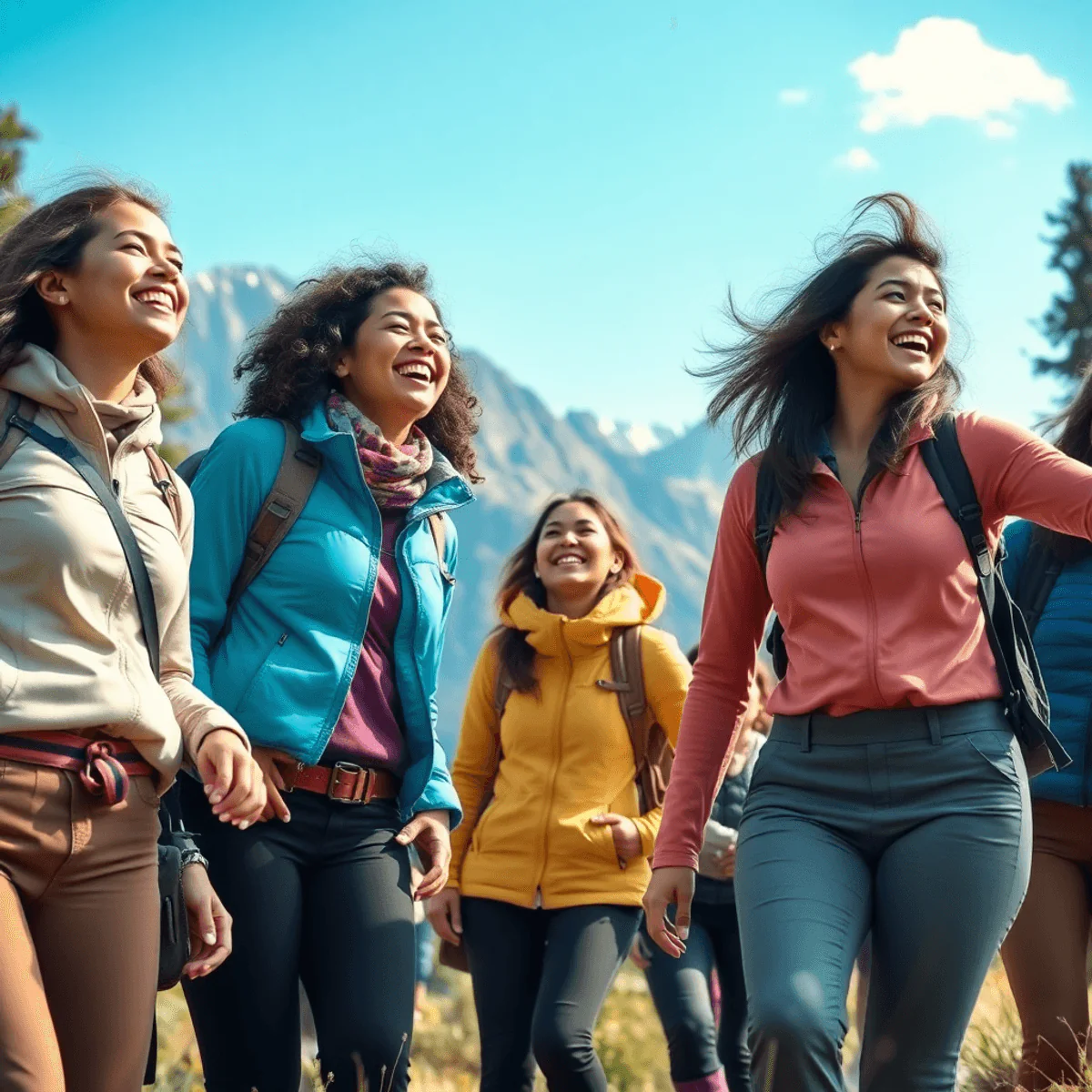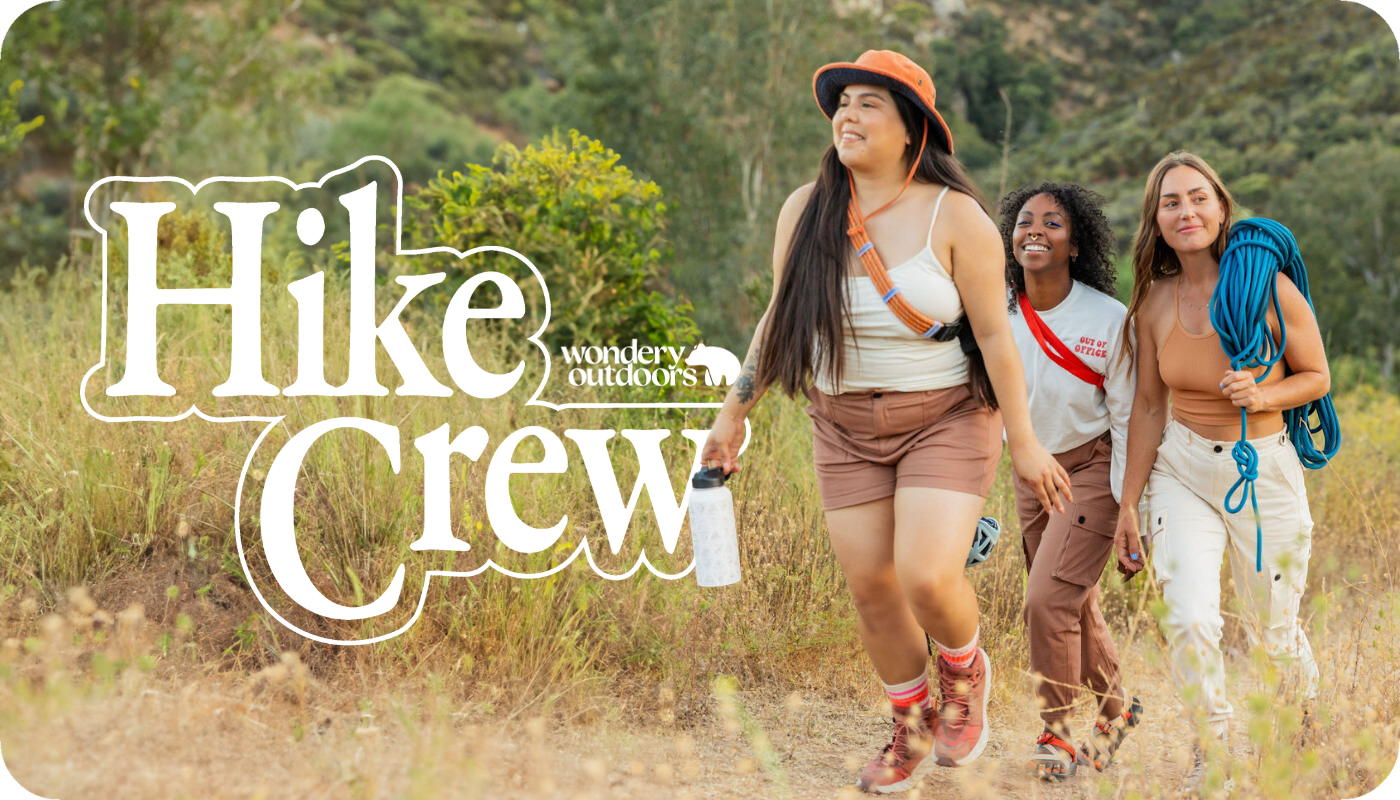Hiking, a pursuit cherished by many outdoor enthusiasts, offers unparalleled encounters with nature and serves as a wonderful way to engage with the great outdoors. Whether you're setting off on a local trail or embarking on a more ambitious journey, having the right gear is crucial to ensure safety, comfort, and enjoyment during your hiking adventure. In this article, we'll delve into the essential outdoor gear for your first hike, shedding light on the best options to suit the diverse terrains and weather conditions you'll encounter.
Understanding the Importance of Proper Hiking Gear
As per the Outdoor Industry Association, hiking is among the most popular outdoor activities in the US, with over 47.9 million Americans participating in hiking at least once in 2022. This number highlights the growing interest in hiking, emphasizing the necessity for equipping oneself with the right gear to ensure a successful hike. A comprehensive understanding of your gear can make the difference between a safe adventure and a perilous experience.
Section 1: The Right Footwear
Footwear forms the foundation of your hiking gear. Proper hiking boots offer ankle support, traction, and cushioning, essential for traversing uneven terrains. Avoid blisters and injuries by choosing waterproof boots that fit well and accommodate your socks comfortably. Some popular choices include:
|
Brand |
Model |
Features |
|
Salomon |
X Ultra 3 |
Waterproof, lightweight |
|
Merrell |
Moab 2 |
Vibram sole, breathable |
|
Lowa |
Renegade GTX Mid |
Durable, cushioned |
Section 2: Clothing Essentials
Layering is key to managing temperature and moisture while hiking. Base layers such as moisture-wicking tops are ideal, as they draw sweat away from your body, keeping you dry. Insulating layers like fleece retain heat, providing warmth in cooler climates. Furthermore, outerwear such as waterproof jackets shields you from rain and wind. Visit Wondery for a variety of tops suitable for outdoor adventures.
Section 3: Navigational Tools
Navigating through the wilderness can be a challenging task. Even on marked trails, it's vital to have reliable navigational tools in case you lose your way. Traditional tools like maps and compasses are reliable classical options which do not require batteries or power. However, these require some skills to use effectively.
Digital options include GPS devices which offer precision and ease, but are subject to battery life constraints. Smartphone apps like AllTrails not only provide detailed trail maps, they also supply value-added features such as elevation data, hiking difficulty level, and user reviews. Such extensive information makes them a convenient choice for many. Here is a comparison of the popular navigation tools:
|
Tool |
Pros |
Cons |
|
Maps and compasses |
No battery needed, Inexpensive |
Require specific skills |
|
GPS Devices |
Precise, Easy to use |
Dependent on battery life |
|
Smartphone apps |
Detailed information, Regular updates |
Dependent on phone battery life and mobile network |
Section 4: Hydration Systems
Staying hydrated is crucial during any physical activity, more so during hiking when sweat losses can be substantial. The National Academies of Sciences, Engineering, and Medicine recommend a daily water intake of about 3.7 liters for men and 2.7 liters for women. These standards need to be adjusted upwards while undertaking physical activity like hiking.
Consider carrying water bottles, preferably insulated ones, to keep your water cool. Hydration reservoirs also very helpful. They are specifically designed for hikes and fit snugly into your backpack, making them convenient and easy to use. Furthermore, it's also wise to bring a portable water purifier in case you run out of water and need to draw from natural sources.
Section 5: Nutritional Needs
While embarking on a hike, your body needs extra nourishment to sustain the increased physical activity. Energy-boosting snacks are your best companions. Trail mixes, packed with nuts and dried fruits, supply necessary carbohydrates, proteins, and fats. Energy bars are compact yet calorie-rich, and dried fruits offer sugars for quick energy needs.
Aim for lightweight options that won't add much burden to your bag. Incorporate options like:
- Trail mix with a combination of nuts and dried fruits
- Energy bars packed with grains and nuts
- Beef jerky or other lean meat snacks
- Cheese and whole grain crackers
Section 6: Safety First: First Aid Kit
A well-stocked first aid kit is non-negotiable. Include essentials such as adhesive bandages, antiseptic wipes, tweezers, and blister treatment supplies. You never know when a minor accident might occur, and immediate attention can prevent any further complications. Always customize your kit based on the specifics of your hike, such as length, conditions, and any known medical needs.
Section 7: Emergency Gear
Safety must always be given utmost priority when hiking. Equip yourself with basic emergency gear. A whistle can be a lifeline in situations where you need to signal your location to rescuers. A multi-tool is versatile - It can be a knife, a can opener, or even a screwdriver when needed. A portable phone charger ensures your digital tools stay functional when you need them.
It's also prudent to carry lightweight emergency bivvies or space blankets. In unforeseen circumstances such as overnight stays or extreme weather conditions, they can provide warmth and protection. Be prepared, stay safe!
Section 8: Proper Backpacks
A correctly sized and well-fitted backpack ensures that you can carry your gear comfortably. Look for features such as adjustable straps, multiple compartments, and hydration compatibility. Prioritize backpacks that distribute weight evenly, minimizing strain on your back and shoulders.
Section 9: Weather Considerations
Always check the weather forecast before heading out. Prepare for unexpected weather changes by carrying rain gear, sun protection like hats and sunglasses, and layering options for varying temperatures. Tailor your gear to fit the specific climate and terrain of your hike.
Section 10: Eco-Friendly Practices
Adopt Leave No Trace principles to minimize your environmental impact. Pack out any trash, stay on designated trails, and respect wildlife. Choose gear from environmentally conscious brands, opting for sustainable materials wherever possible.
Key Takeaways
Your first hike can be both exhilarating and rewarding, provided you're well-prepared with the right gear. By focusing on essential items such as footwear, clothing, navigational tools, hydration systems, and emergency gear, you'll ensure a safe and enjoyable experience. Prioritize high-quality, user-friendly equipment, and enjoy the beauty of nature responsibly and respectfully.
Explore the variety of hike-appropriate tools and accessories at Wondery to gear up for your next adventure.






